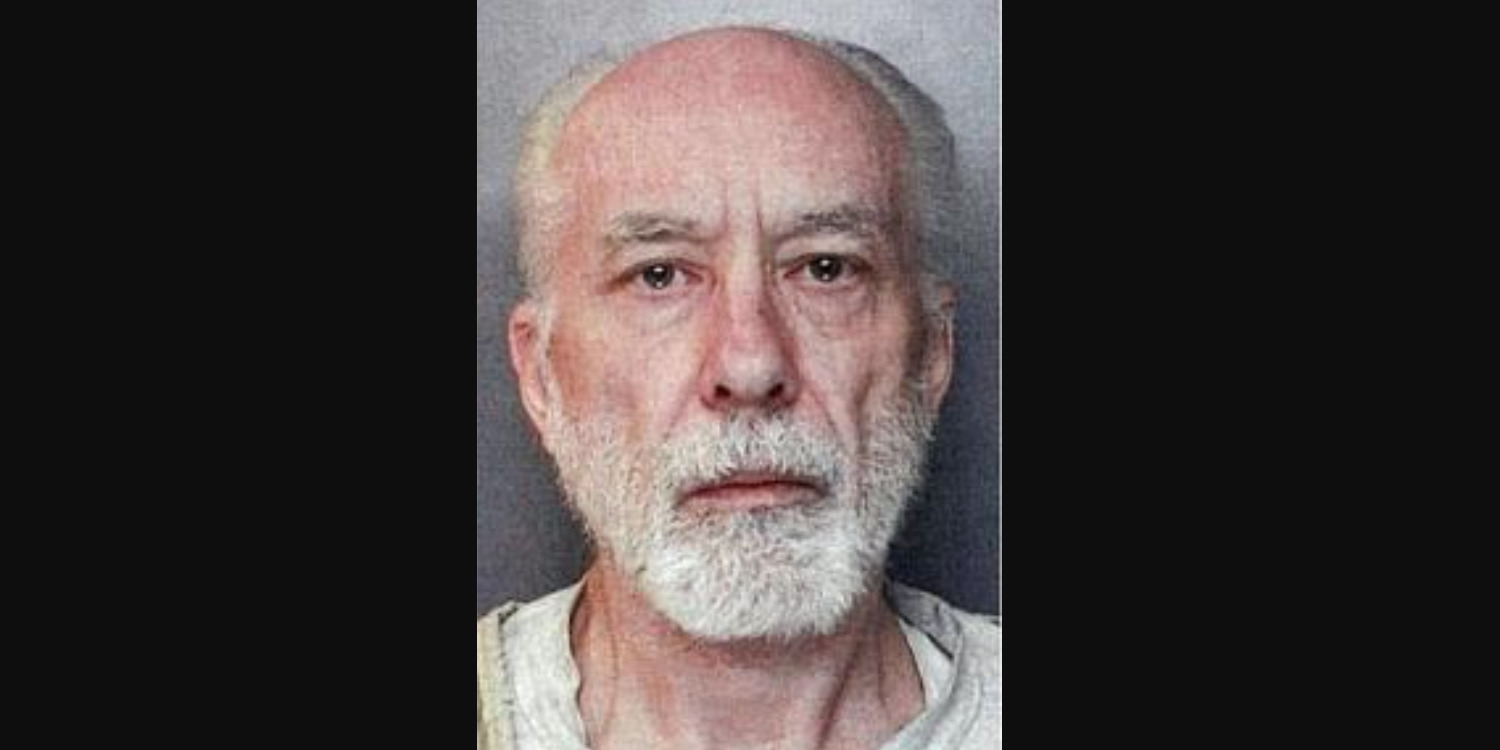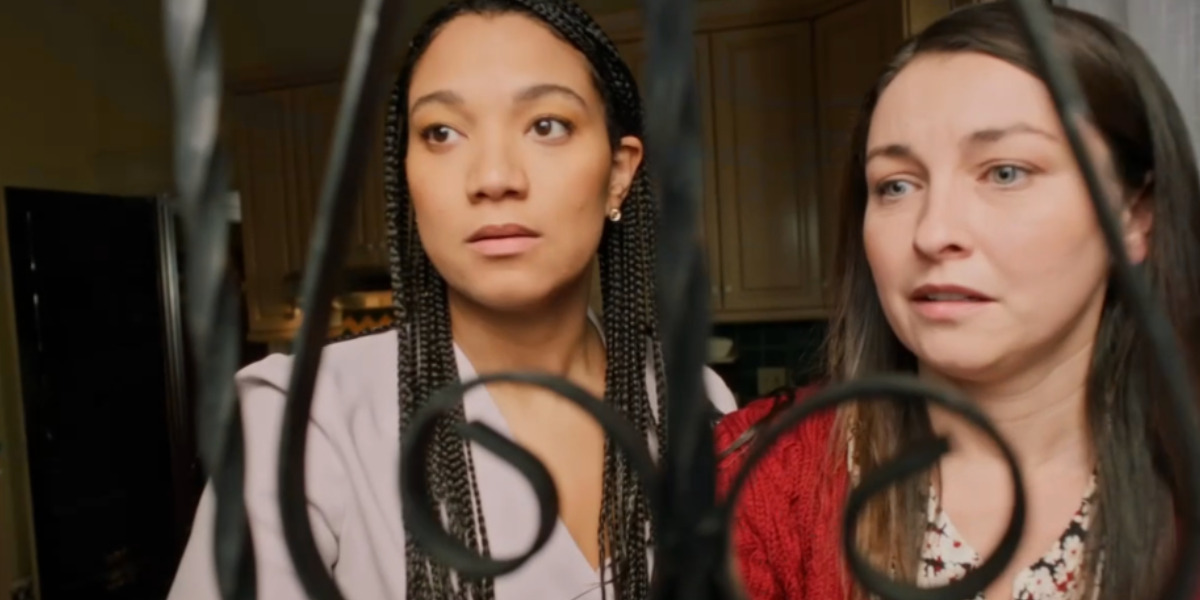The Lifetime crime film ‘Little Girl in the Window’ presents a thrilling story about a woman whose stubborn instincts help her uncover a menacing secret. Iris Wilson is an amateur photographer and a true crime enthusiast. Therefore, when she notices one of her snaps of a house showcasing a fogged window with “HELP” written on it, she grows suspicious of what goes inside that residence. As a result, she ends up sleuthing around to see if any secrets uncover themselves.
However, once Iris learns the secret the owner, Robert Cornell, is hiding in his basement, it ends up putting her life in incredible danger. As it turns out, the man has abducted multiple women whom he’s holding as his prisoners, including Jennifer Lewis, the girl who went missing 10 years ago. This true-story-inspired Sean Cisterna directorial finds chilling roots in reality. However, does the same hold true for its central characters?
The Possible Real-Life Inspirations Behind Robert Carnell
For the most part, ‘Little Girl in the Window’ mines partial real-life influence from true crime stories without recreating any particular instance in a biographical capacity. Consequently, the central antagonist, Robert Carnell, ends up becoming an amalgamation of several off-screen criminals. In the film, Robert abducts women through various methods and holds them captive in his house. Over the course of multiple years, he abuses them physically, sexually, and psychologically—even fathering a child with one of his victims.

In real life, John Thomas Jamelske presents a close parallel to the on-screen rapist-kidnapper. In 2003, at the age of 63, the authorities arrested Jamelske on the charges of kidnapping and holding several women and girls captive in his underground bunker in the New York city of DeWitt, Syracuse. He was active over the span of 15 years, from 1988 to 2003—during which he kept a woman captive for a period of time and released her before drawing in his next victim. The kidnapper would further threaten his released victims against going to the authorities. Even so, one of them, Jennifer Spaulding, tried to reach out to the police, but they did not believe her account due to some factors.
Eventually, Jamelske was caught after the last of his victims managed to secure a phone call, which she used to alert her sister about her current predicament. As a result, the authorities were able to rescue the young girl from her abuser’s clutches. Ultimately, Jamelske received a prison sentence of 18 years to life under a plea agreement. Another real-life criminal, Ariel Castro, was the perpetrator in a similar criminal case in the early 2000s. Across 2002 and 2004, Castro abducted three women, Amanda Berry, Gina DeJesus, and Michelle Knight, and held them hostage in his house for 11 years.

During this time, the three women were kept chained inside a dark room, where they were forced to endure more than a decade of rape as well as physical and emotional abuse. Eventually, one of the women, Amanda Berry, was able to make outside contact and alert the neighbors in 2013. This directly led to Castro’s arrest, after which he was sentenced to life in prison with another 1,000 years added to the punishment. Evidently, both Castro and Jamelske hold prominent parallels to Robert Carnell from ‘Little Girl in the Window.’ Therefore, it is possible one of them—or both—could have been used as the base inspiration for Robert’s character creation under screenwriter Rolfe Kanefsky.
Jennifer Lewis: Parallels to Real-Life Kidnapping Victims
Similar to Robert Carnell, real-life parallels to the character of Jennifer Lewis can also be found in the case of Ariel Castro’s kidnapping. In the case, one of his victims, Amanda Berry, bears a notable resemblance to Jennifer from “Little Girl in the Window.’ Berry went missing in 2003 on her walk back from work. Earlier, the 16-year-old, soon to be 17, had called her sister to inform her that she was getting a ride home. After that, she became Castro’s captive while the authorities officially announced her missing. During her captivity, in which she fell victim to her abuser’s torture, Berry was forced to give birth to her and Castro’s biological daughter.

Eventually, in 2013, Berry contacted the neighbors for help through an open door. Consequently, the authorities arrived on the scene and carried out a rescue mission for Berry, her daughter, and the two other hostages, Michelle Knight and Gina DeJesus. Shortly afterward, the police arrested Castro. The women went on to return to regular life, and Berry penned a memoir ‘Hope: A Memoir of Survival in Cleveland,’ which she published in 2015. Her book served as a glimpse into her harrowing experiences under Castro’s captivity, allowing her to share her devastating story with the public. Thus, Jennifer’s on-screen narrative remains reminiscent of Berry’s experiences, drawing an evident parallel between the two. Even though the former isn’t a biographical counterpart, her connection to the real-life survivor persists.
Read More: Lifetime’s Little Girl in the Window: Is the Movie Inspired by a True Story?


